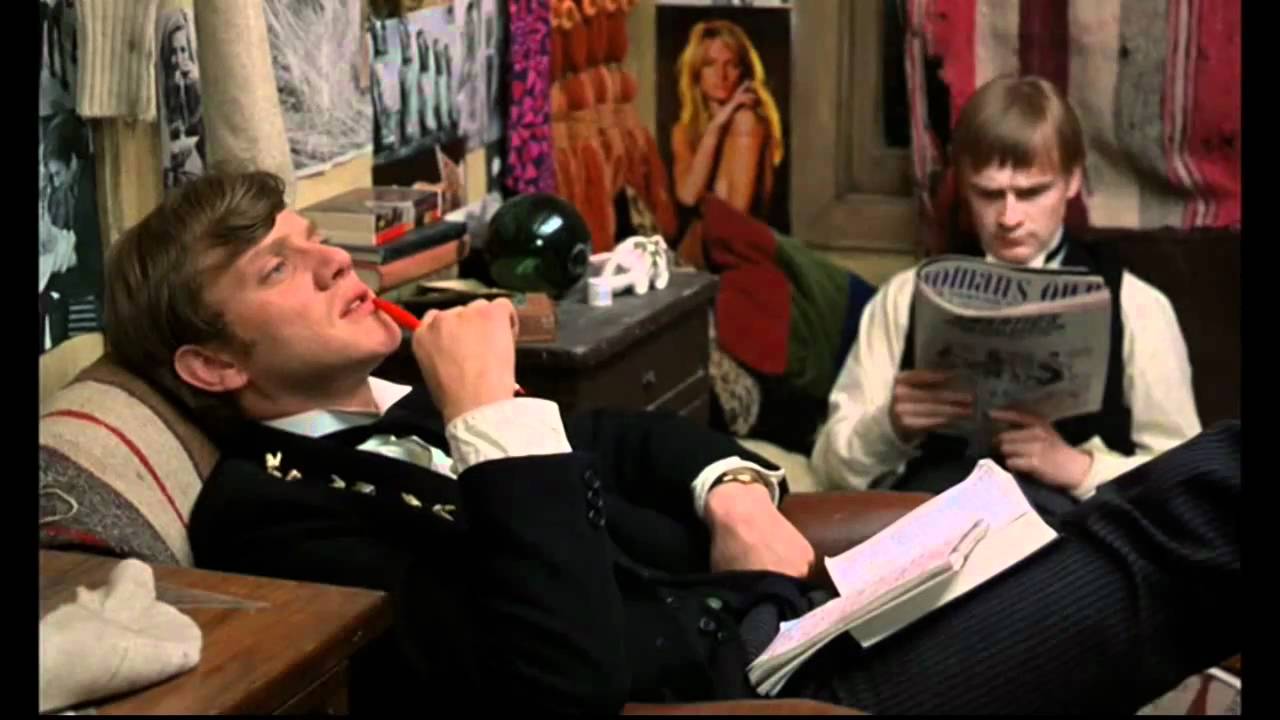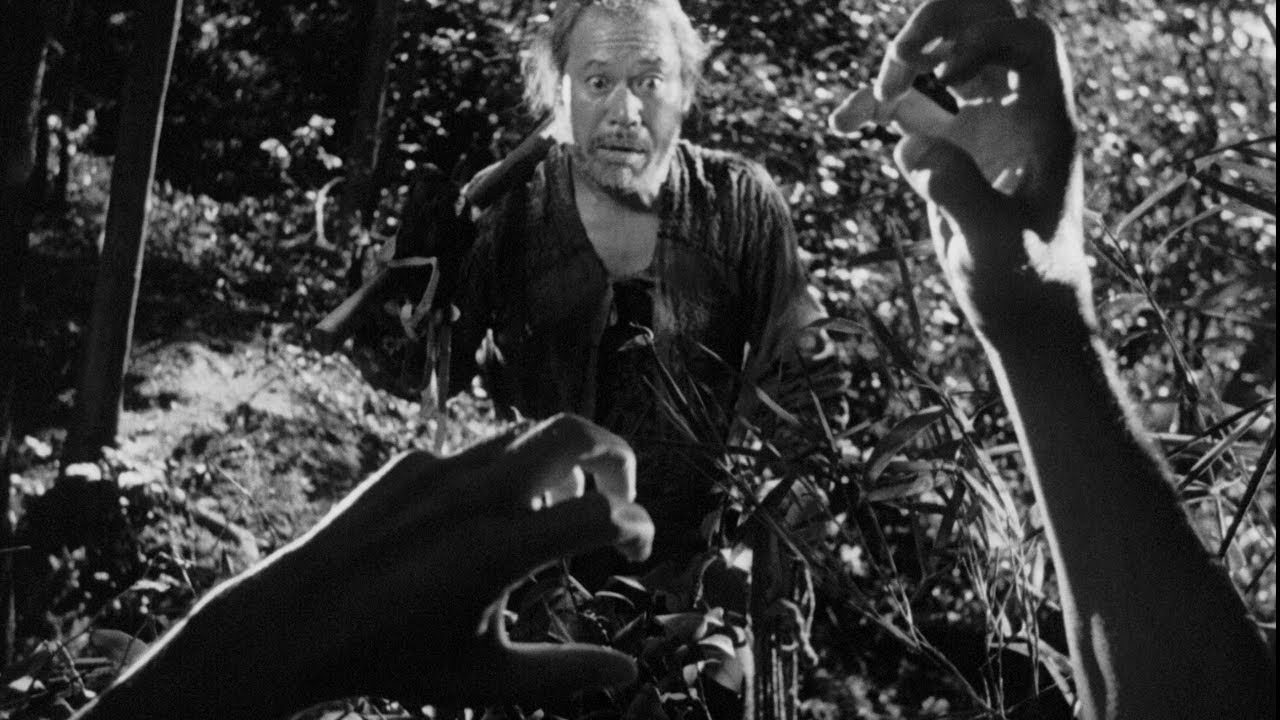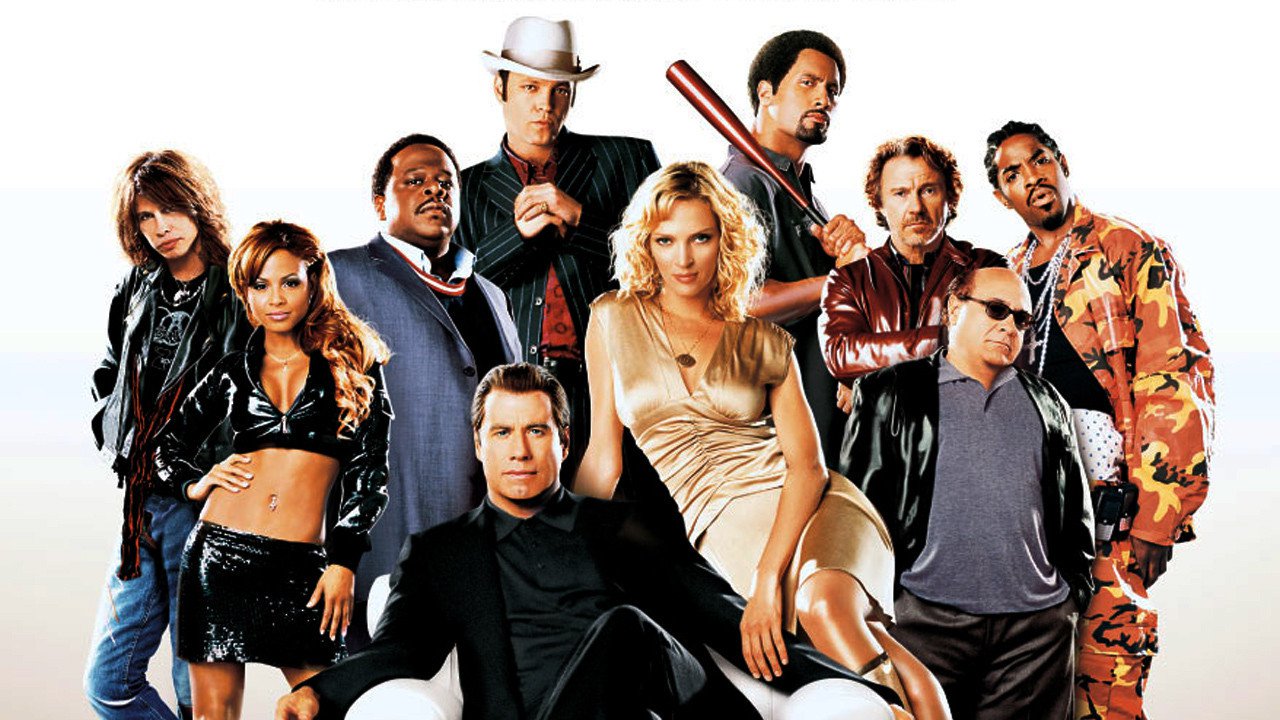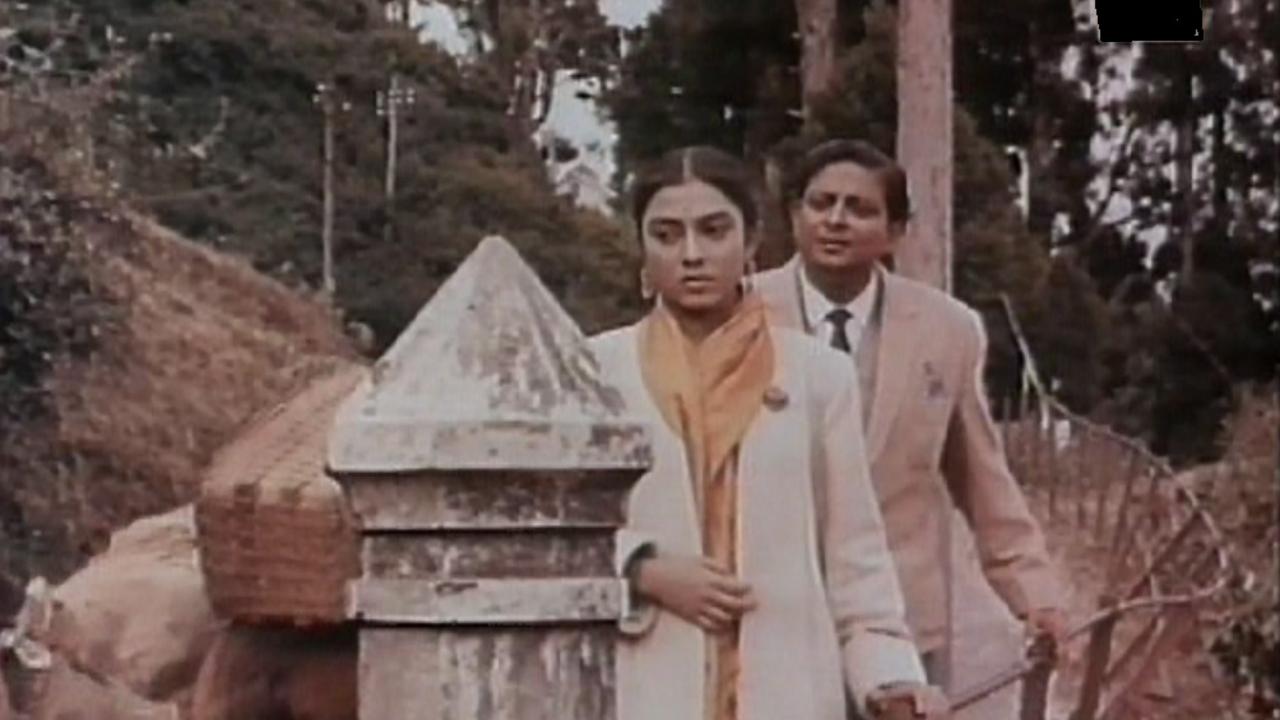Amid all its other signifiers, then and now, 1968 was about youth – its dangerous and liberatory possibilities. Two years earlier, Godard had cheekily announced the arrival of “the children of Marx and Coca-Cola,” but ’68 was their decidedly anarchic coming out party, from Nanterres to Columbia University to Mexico City to the Red Square.
Other
How did I first come into contact with the idea of Rashomon? It was definitely a sitcom episode — but which one? Was it the episode of All in the Family that copied it? Or the episode of Everybody Loves Raymond in which Ray and Debra gave different versions of a fight?
With the 50th anniversary of May ’68 – and the famed “events” thereof – approaching, it was a good time to come across the vital documentary Henri Langlois: Phantom of the Cinematheque at my local library. Jacques Richard‘s seven-years-in-the-making account of the father of film preservation only briefly touches on those events, and has its eyes too fixed to the screen to contextualize them rigorously in the larger social upheaval of that year, but it’s scope feels right all the same.
The Strangers: Prey At Night isn’t quite the 80s movie the music and trailers suggest, and it’s not quite the 70s movie that the logo other trailers suggest. (It’s too bad about the colon; The Strangers Prey At Night could legitimately be the title of a forgotten original-generation slasher.)
Welcome to Fan Service, a new, typically sporadic (#onbrand) feature in which I feed the hungry beasts / wonderful humans of Patreon by focusing on a subject of their choice. (As with most things, this is borrowed from Nathan Rabin, though in fairness, for all his accomplishments, I’m not sure he can technically claim to have invented “taking requests.”)
Few literary characters have ever been interpreted as definitively as David Suchet’s Poirot. The two have become so inextricable that I can’t imagine one without the other. And there are not even any extra stories to adapt: from 1989 to 2013, Agatha Christie’s Poirot adapted every single Poirot novel and short story into feature-length episodes.
Arriving to overblown fanfare and unreasonable expectations, Ava DuVernay‘s A Wrinkle In Time was never going to live up to the hype.
It was bad enough that box office watchers openly wondered how A Wrinkle In Time would compete with Black Panther, a money-printing machine of historic, multi-hyphenate proportions.
One of the great joys of the film dork is finding a new What the hell is this? movie, one that they can share with their friends as a baffling experience. There are, however, some fine gradations to the uncategorizable surprise that are sometimes overlooked.
For most revered mid-century filmmakers, noting that a particular film featured their first original screenplay and was their first in color would seem to guarantee it additional attention. Curiously, that’s not really the case for Satyajit Ray‘s Kanchenjungha (1962). A careful tapestry of small interactions set against a backdrop of physical grandeur and social change, it seems to get lost in the critical shuffle, functioning as a kind of way station between the narrative sweep of the first two entries in the Apu trilogy and the more refined, self-aware craftsmanship of The Big City and beyond.
What is Suspiria about? It’s about an American woman who goes to an extremely Italian Germany to attend a prestigious dance academy, and who slowly discovers that it is actually being run by a coven of demonic witches. (She would have figured it out a lot earlier if she could have listened to the soundtrack, in which a semi-diagetic voice occasionally whispers “witch!”)










